Best Places to Visit in Delaware

Searching for the most beautiful places to visit in Delaware on vacation? Well, you are in the right place! I had personally overlooked Delaware even as I moved to the East Coast so earlier this year, I spent two weeks in the state re-visiting my favorite spots and updating this post with new ideas.
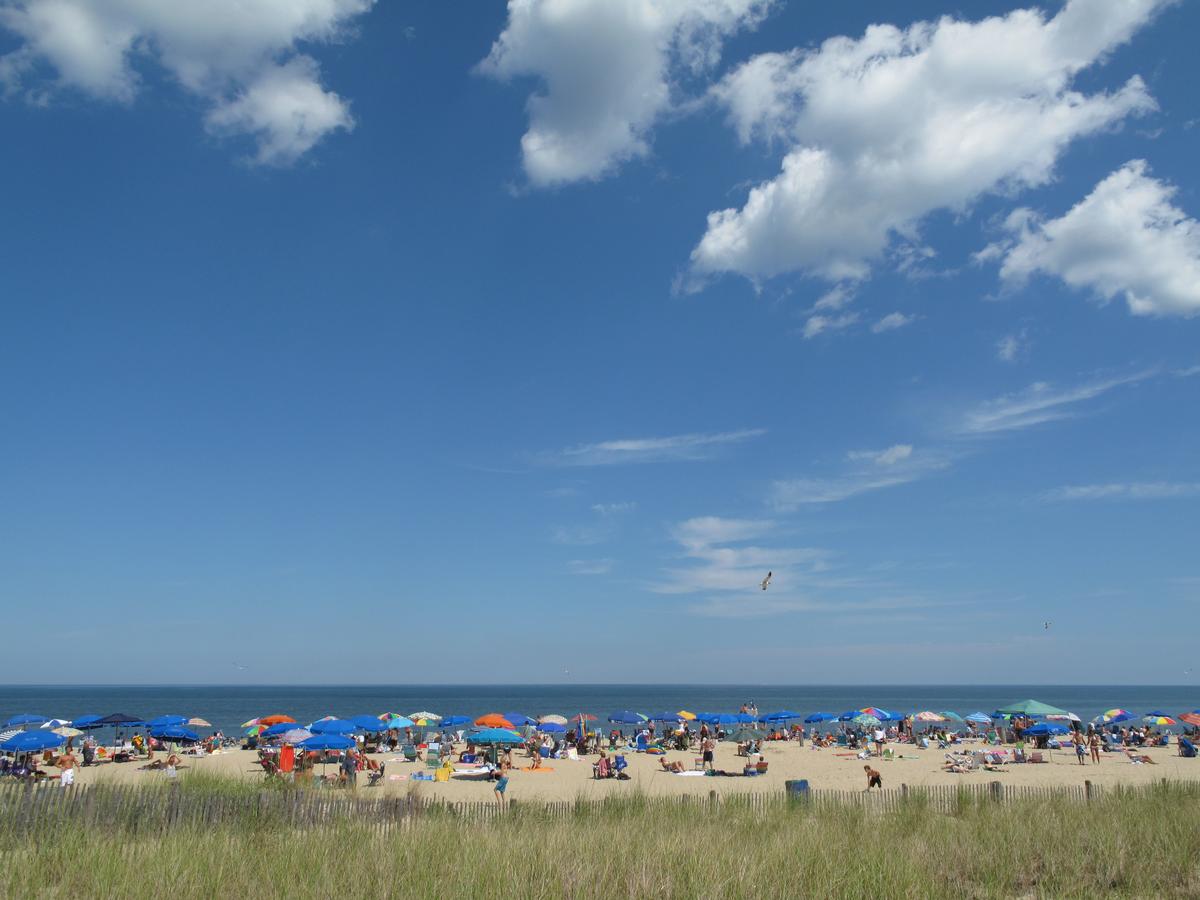
1. Rehoboth Beach
You’ll find Rehoboth Beach to be a delightful mix of small-town charm and classic seaside fun, a lively yet laid-back Atlantic coastal retreat that feels both nostalgic and vibrant, and founded in 1873 it’s grown into one of Delaware’s most beloved beach towns.
After an easy two-hour drive from Washington, D.C., I arrived to the smell of salt air and the sound of gulls overhead, instantly setting the mood for a few carefree beach days in Rehoboth Beach. I loved staying at the Boardwalk Plaza Hotel for two days and I adored the Victorian seaside elegance, the ocean-view balcony, and the morning breakfast of blue crab omelet and locally roasted coffee on the terrace as the waves rolled in.
I enjoyed strolling along the mile-long Rehoboth Beach Boardwalk, people-watching from a bench near the Bandstand, browsing Sea Shell Shop, and savoring homemade saltwater taffy and caramel corn at Dolle's Candyland. I also visited the Rehoboth Beach Museum to get a sense of the town’s early history, biked through Gordons Pond Trail in Cape Henlopen State Park, and even joined a local dolphin-watching cruise.
- Location Map
- Size: Approximately 1.6 square miles (4.1 square km)
- Location: In eastern Delaware, on the Atlantic coast
What I loved best:
My favorite experiences included the sunrise over the Atlantic, and fresh seafood at Henlopen City Oyster House.

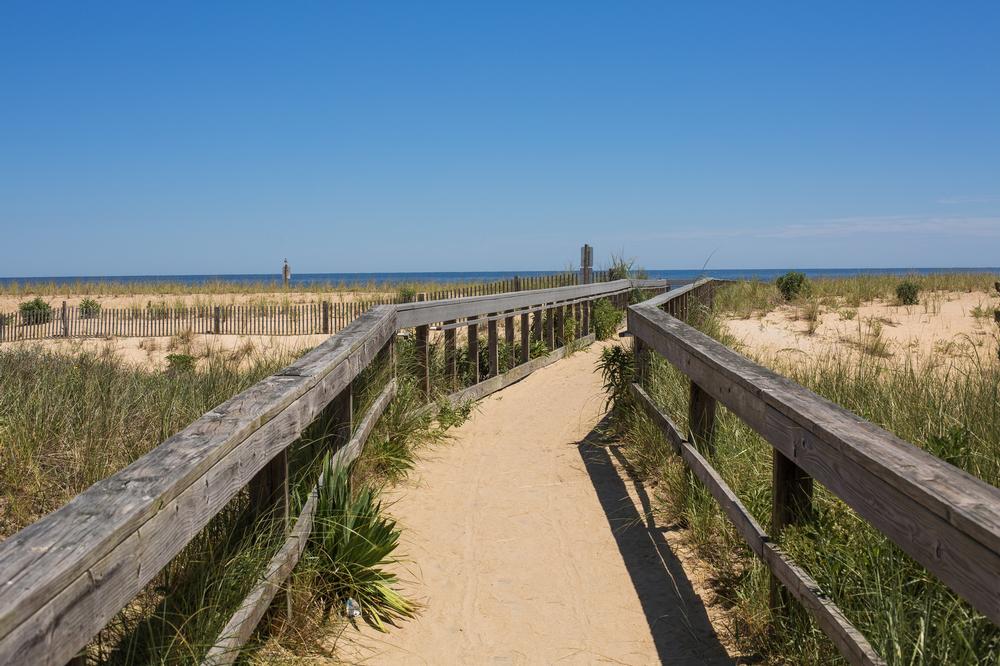
2. Bethany Beach
This charming coastal escape in Southeastern Delaware wowed me with its wide, family-friendly beaches, tucked-away bays perfect for kayaking, windswept dunes, and classic boardwalk charm.
After a quick 2.5-hour drive east from Washington, D.C., I reached Bethany Beach, which struck me as peaceful, refreshing, and unhurried compared to its busier neighbors. I spent two days at 3-star Bethany Beach Ocean Suites Residence Inn biking along the shoreline, strolling along the wooden boardwalk, visiting the Fenwick Island Lighthouse, and unwinding on the powder-soft sands.
- Location Map
- Size: Approximately 1.2 square miles (3.1 square km)
- Location: In southeastern Delaware
What I loved best:
My favorite part was seeing all the wildlife: horseshoe crabs, osprey, ghost crabs, and dolphins in the distance.



3. Dagsboro, DE
I found Dagsboro to be a peaceful, small-town gem tucked amid the rolling farmlands and pine woods of southern Delaware — a place that feels both authentically local and warmly welcoming.
A scenic 20-minute drive inland from Rehoboth Beach, I planned our day trip to Dagsboro to visit the Delaware Botanic Gardens which were amazing, but we also enjoyed visiting the Prince George’s Chapel, explored nearby Clayton Theatre, walked along the tree-lined streets, restored 18th-century homes, and inviting local cafés. Lunch was at Porto Pizza & Grill, a friendly local spot with hearty portions and small-town warmth.
What I loved best:
Founded in 1747, Dagsboro is one of Delaware’s oldest towns, and you can still feel that sense of deep-rooted heritage as you explore its historic core.
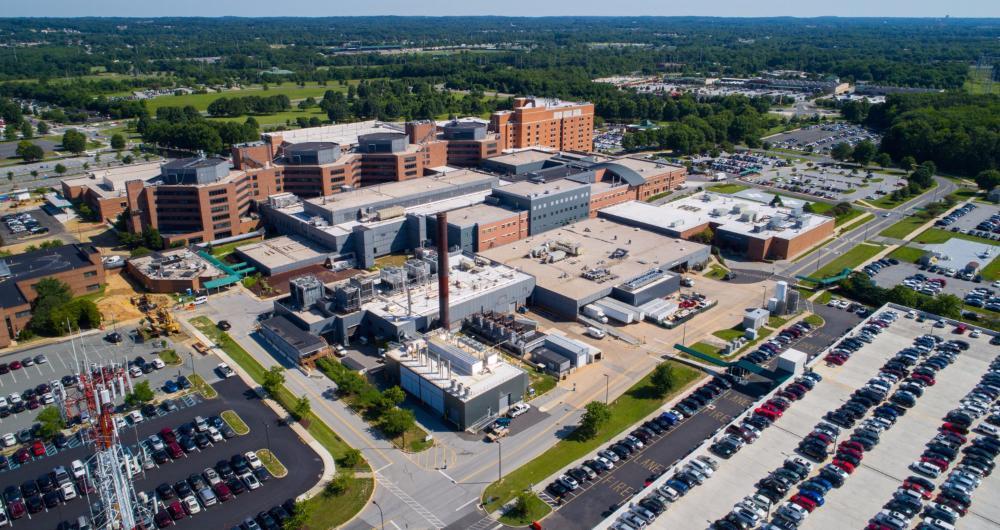
4. Newark, DE
We drove about 20 minutes west from Wilmington to Newark (population around 31,000). Home to the University of Delaware (founded 1743), the town has a lively mix of colonial history and college culture.
We strolled along Main Street, lined with shops and cafés in 19th-century brick buildings, toured the Newark History Museum (inside a 1877 Pennsylvania Railroad station, free admission), and peeked into the UD campus green, with its Georgian architecture.
One thing to keep it mind, Newark shifts with the year, where it's bustling during the academic calendar, mellow in summer, and absolutely glowing in autumn when the surounding woods burst into fiery color, so when you visit will set the tone for your vacation here.
- Location Map
- Size: Approximately 9.3 square miles (24.1 square km)
- Location: In northern Delaware, near the Maryland border, west of Wilmington
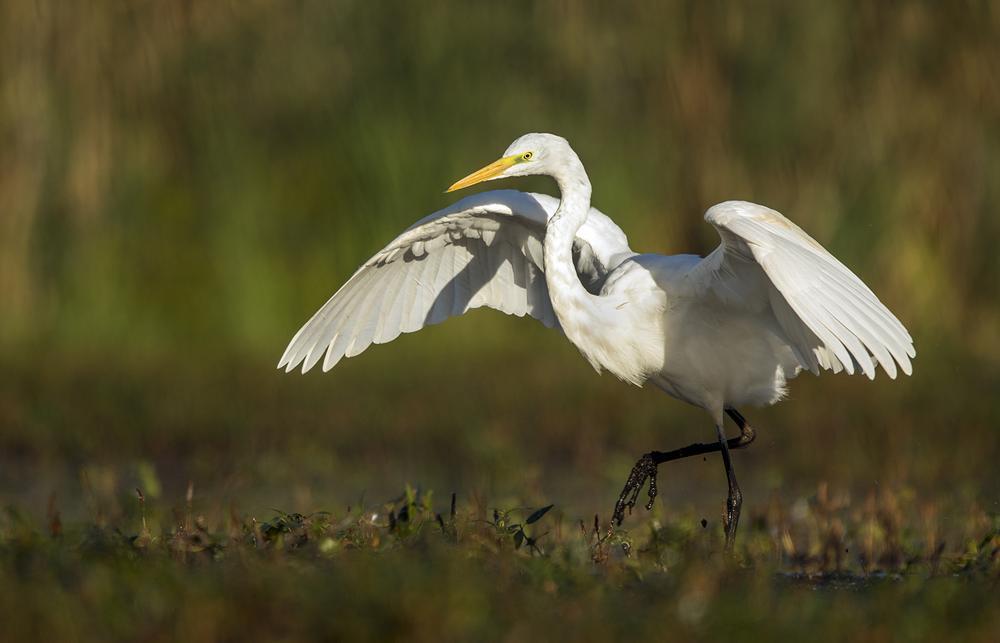
5. Milton
I absolutely adored this charming riverside town surrounded by serene natural beauty, from lush marshlands and scenic waterways to sandy beaches just a short drive away. Milton had a warm, small-town feel with historic brick buildings, cozy shops, craft breweries, and a vibrant arts community, all set against the backdrop of the Broadkill River and nearby Delaware Bay.
We drove about 45 minutes southeast from Dover to Milton (population around 3,200), founded in 1807 and named for English poet John Milton, with a shipbuilding and button-making history.
We toured the Milton Historical Society & Lydia B. Cannon Museum (free admission, housed in a former 1857 Methodist church), admired the Victorian homes lining Union Street, and walked along the Broadkill River waterfront. Overnight we stayed at The Mansion Farm Inn, a boutique B&B in a restored farmhouse just outside town ($155).
- Location Map
- Size: Approximately 2.0 square miles (5.2 square km)
- Location: In northern New Jersey, Morris County
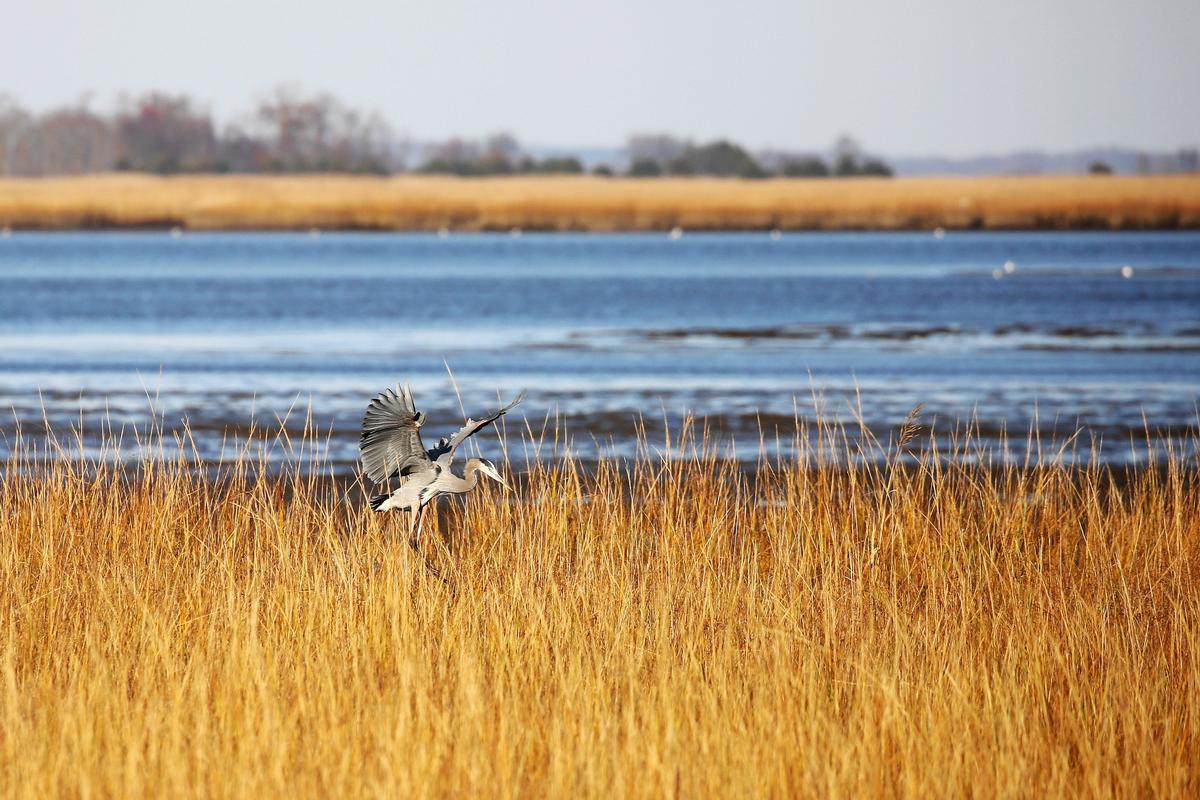
6. Bombay Hook National Wildlife Refuge
Spread across the tidal salt marshes of Delaware Bay, Bombay Hook National Wildlife Refuge is a fantastic place where land, water, and sky seem to blend into one vast, living panorama, and I thought it's the best place to visit in the USA for bird enthusiasts, just an hour’s drive from Philadelphia
We drove about one hour south from Wilmington to reach Bombay Hook National Wildlife Refuge (15,978 acres of tidal salt marsh, freshwater pools, and woodlands) and we started at the visitor center (free entry, $4 vehicle fee), then drove along the 12-mile wildlife loop, spotting snow geese, herons, bald eagles, and we climbed the observation tower at Shearness Pool for sweeping marsh views.
- Location Map
- Size: Approximately 15,978 acres (64.7 square km)
- Location: In central Delaware
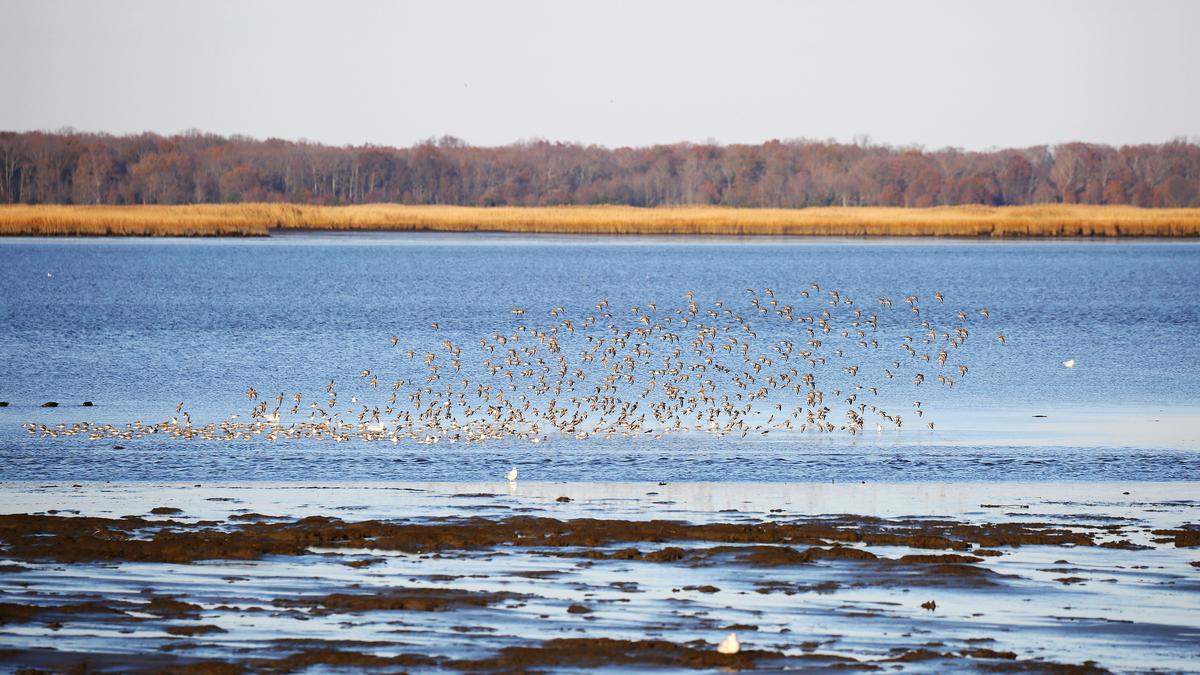
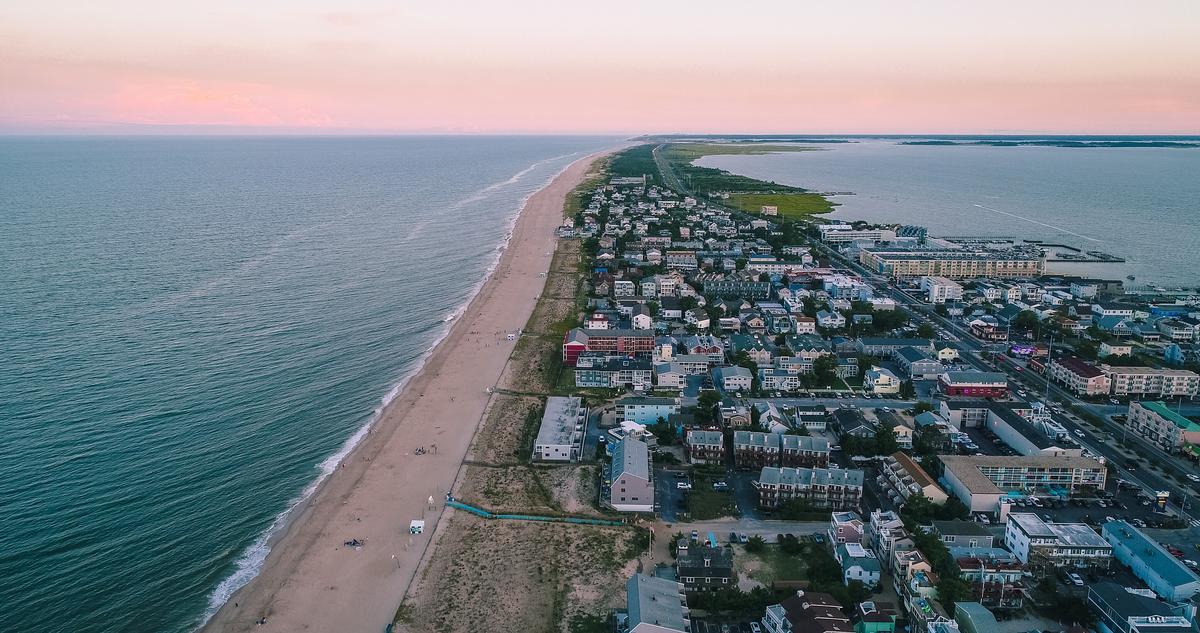

7. Lewes
Founded in 1631 by Dutch settlers, Lewes proudly calls itself “The First Town in the First State,” and from the moment I arrived, it felt like stepping into a living postcard — cobblestone streets, colorful clapboard houses, and the salty tang of the nearby bay drifting through the air.
I thought that Lewes is one of the best weekend getaways in Delaware. Why? First of, you can walk nearly everywhere in Lewes which I love on vacation and secondly, there are many things to see and do for such a small town.
I spent two days wandering around the Historic District, visiting the Zwaanendael Museum, and strolling through Canalfront Park. The Gordons Pond Trail, connecting Lewes to Rehoboth Beach, was my personal highlight, a scenic, bird-filled route perfect for biking or walking.
Evenings in Lewes were magical — watching the sky blush pink over the marina, browsing local shops along Second Street, and dining at Heirloom, an elegant yet cozy farm-to-table restaurant housed in a historic home, and I also enjoyed a casual lunch at Nectar Café, where the garden patio and seasonal ingredients made for a perfect midday pause.

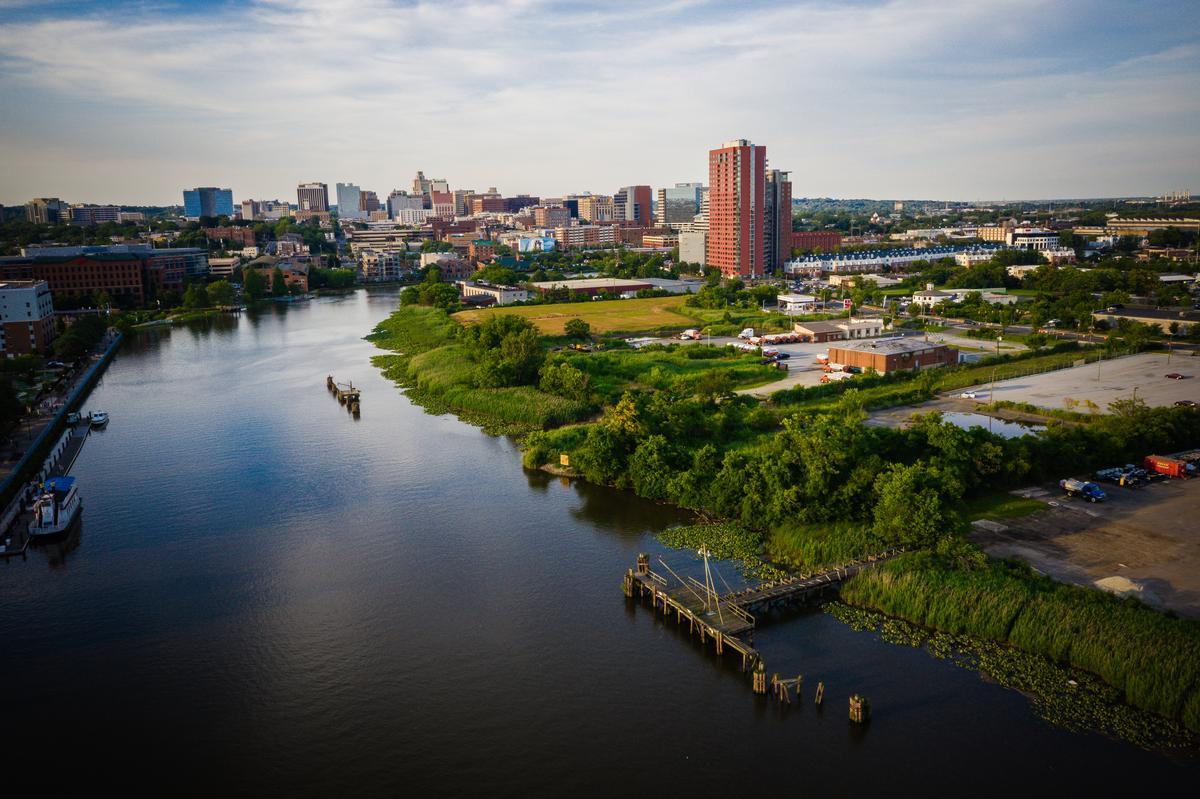
8. Wilmington, DE
I thought Wilmington was beautiful with its mix of Colonial- and Victorian-era architecture, cobblestone lanes, and a riverfront lined with old brick warehouses now glowing under strings of lights.
We drove 3 hours from NYC when I moved to the East Coast and I spent the afternoon exploring Market Street’s boutiques, admired the Delaware Art Museum’s Pre-Raphaelite collection ($14), enjoyed a memorable dinner at the James Beard–nominated Bardea for my birthday, strolled along the scenic Riverwalk, and then stayed two relaxing nights at the grand Hotel du Pont, with its gilded ceilings and elegant old-world flair that has won the AAA Four Diamond award so you can look forward to outstanding service.
- Location Map
- Size: Approximately 17.0 square miles (44.0 square km)
- Location: In northern Delaware
Local tip: If you live in Manhattan, you can take the train to Wilmington, DE because it's fast and more relaxing than driving, plus you can look out and enjoy the views along the way.
Wilmington felt both historic and relaxing, though prices at the higher-end hotels and restaurants were closer to a big-city level than a small-town getaway.
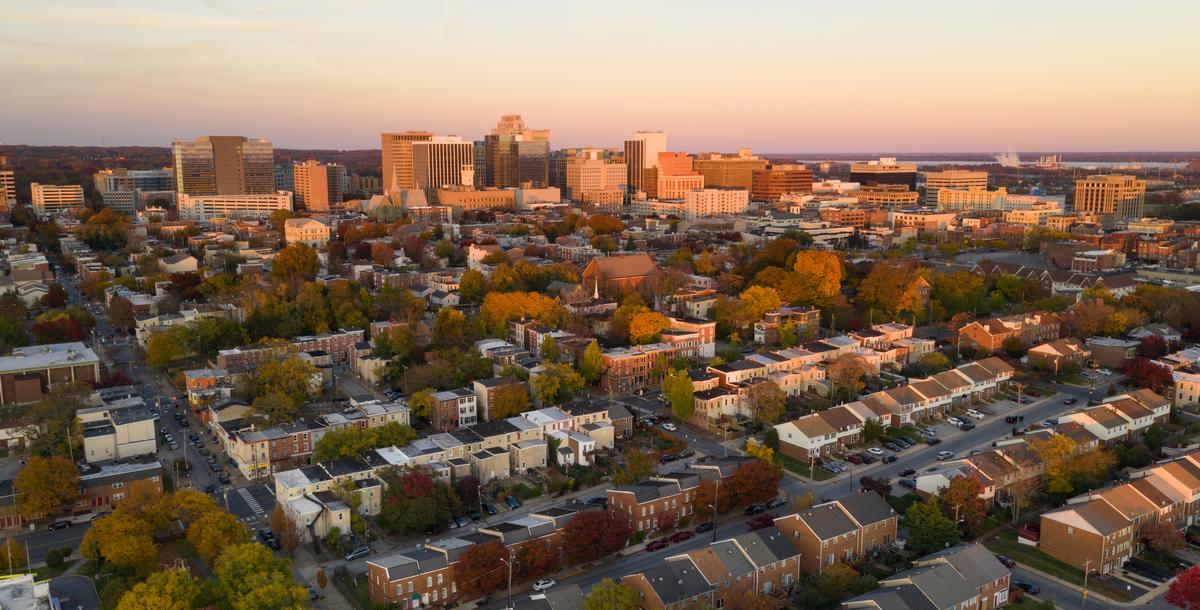


9. Delaware Bay
I found Delaware Bay to be one of the East Coast’s most serene and underrated coastal treasures — a place where quiet beaches, tidal flats, and fishing villages blend into a landscape that feels both wild and deeply historic.
We drove about 40 minutes south from Bombay Hook (25 miles via DE-1) on a day trip to Bowers Beach (population about 350), one of Delaware Bay’s oldest fishing towns, with a history as a 17th-century shipping port.
We visited the Bowers Beach Maritime Museum (Memorial Day through Labor Day, 2:00 pm until 4:00pm, free, donations welcome), wandered the working docks, and strolled the quiet sandy bay beach which was my personal highlight.
- Location Map
- Size: Approximately 782 square miles (2,025 square km)
- Location: Between Delaware and southern New Jersey/li>

10. Delaware City
I loved how Delaware City has an easygoing rhythm — part fishing village, part heritage port, and part peaceful escape from the faster pace of the nearby cities, perfect for a weekend reset!
After about a 1.5-hour drive north from Rehoboth Beach, I arrived to the sight of boats drifting past the Delaware City Marina and locals chatting along the canal promenade.
My personal highlights were visiting Fort Delaware State Park (Union Civil War fort on Pea Patch Island, $13 ferry ride across the Delaware River), strolling through the historic district lined with 19th-century brick homes, and browsing the Delaware City Hotel Museum. For the night, we checked into Pleasant Hill Motel in nearby Middletown, DE just 20 minutes away which gave us a chance to pick up amazing cupcakes from Sweet Melissa Bakery & Coffee Shop.
- Location Map
- Size: Approximately 1.9 square miles (4.9 square km)
- Location: In northern Delaware
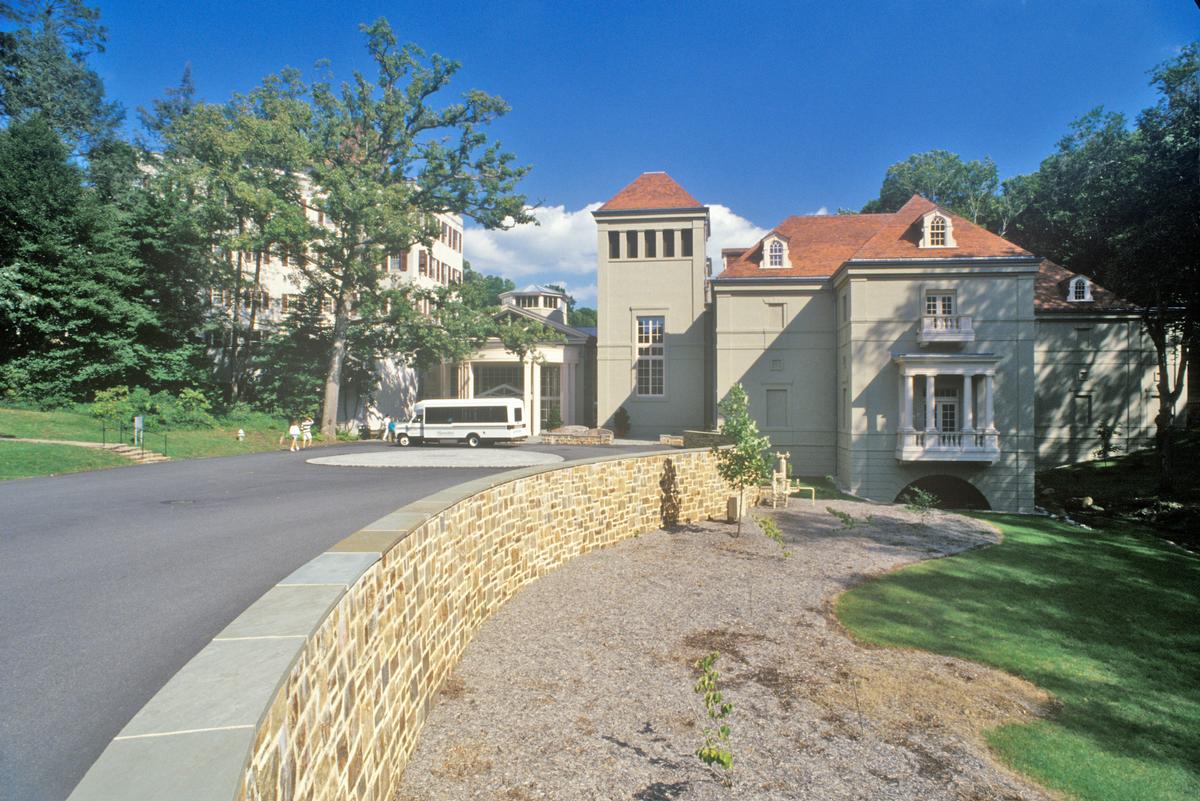
11. Winterthur
I found Winterthur to be one of Delaware’s most enchanting destinations, just an easy 30-minute drive north from Wilmington. I spent most of a day exploring: touring the Winterthur Museum, which houses one of the world’s finest collections of American decorative arts (over 90,000 objects, from Shaker furniture to exquisite porcelain); strolling through the 58-acre naturalistic garden designed by du Pont himself; and pausing in serene spots like the Reflecting Pool and Enchanted Woods, a whimsical children’s garden inspired by fairy tales.
Lunch at the Garden Café was lovely — a light meal of seasonal salad and herbal iced tea enjoyed with views over the meadows. Afterward, I visited the Winterthur Store, full of garden-inspired gifts and local crafts, and took a short tram ride around the vast estate to soak in the sweeping pastoral vistas.
What I loved best:
The Winterthur museum tour was my personal highlight — room after room revealing layers of artistry, taste, and history, each curated to reflect a different moment in American design.

12. Cape May, NJ
No discussion of the best places to visit in Delaware could be complete without Cape May! Why? First off, eEverything in Cape May seems lovingly preserved — from the intricate gingerbread trim on the Emlen Physick Estate to the classic gas lamps along the promenade.
After an easy ferry ride across the Delaware Bay from Lewes, Delaware, I arrived to rows of candy-colored Victorian homes, horse-drawn carriages, and the faint scent of sea air mixed with saltwater taffy.
I checked into 3-star Montreal Beach Resort and spent two days exploring: wandering down Beach Avenue and the Washington Street Mall, browsing the cozy boutiques and ice cream parlors; touring the Cape May Lighthouse at Cape May Point State Park for sweeping ocean and bay views; and birdwatching at South Cape May Meadows, where migratory shorebirds flutter through the wetlands in soft morning light. I also loved visiting the Physick Estate Museum, a beautifully restored Victorian mansion offering a glimpse into 19th-century seaside life.
The evenings were pure magic — watching the sun melt into the Atlantic at Sunset Beach, then dining at The Mad Batter, a beloved local restaurant housed in one of Cape May’s classic inns, and local favorites like The Lobster House.
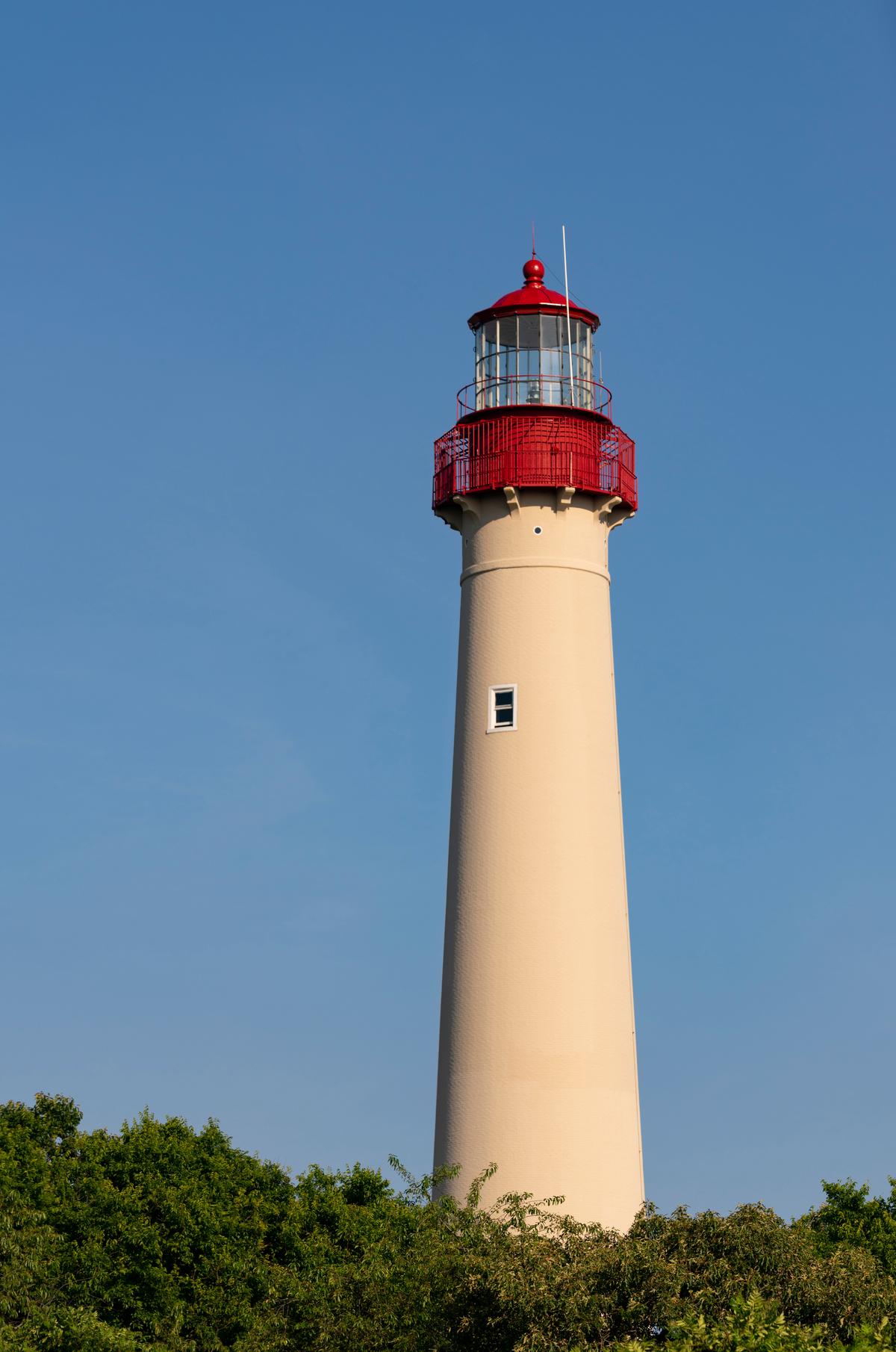
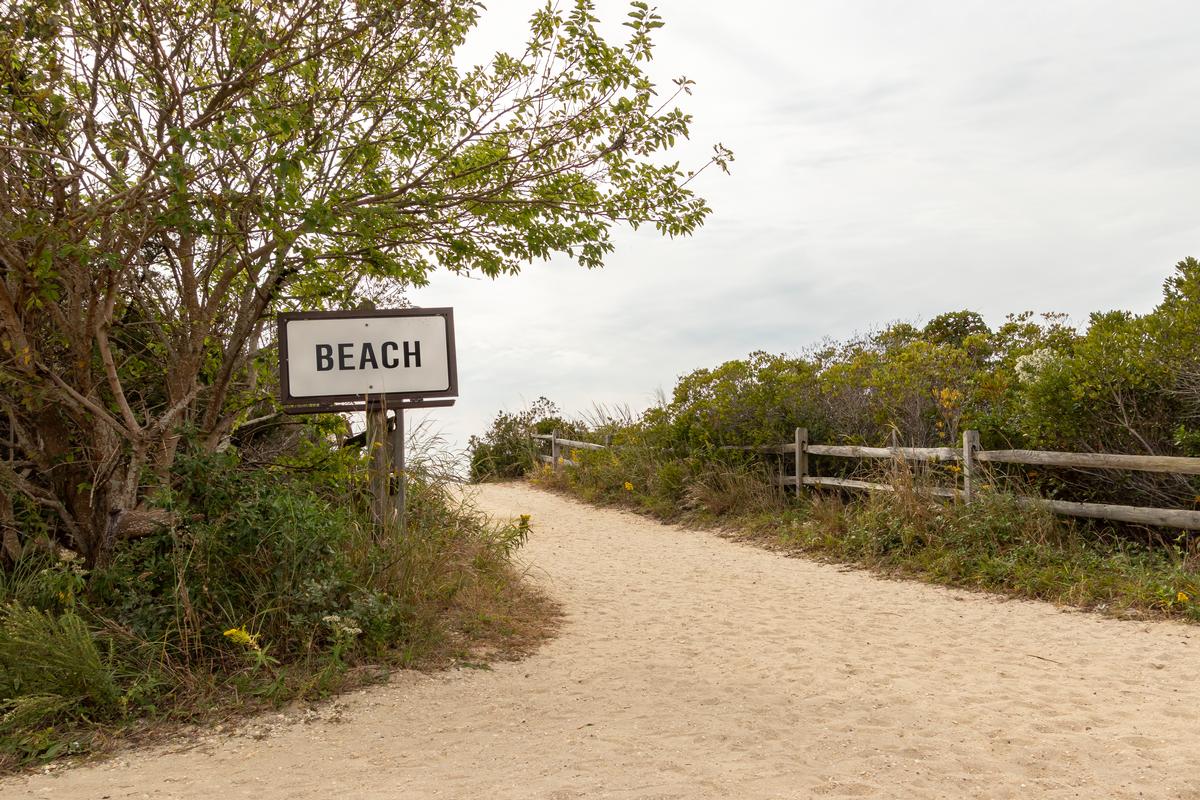
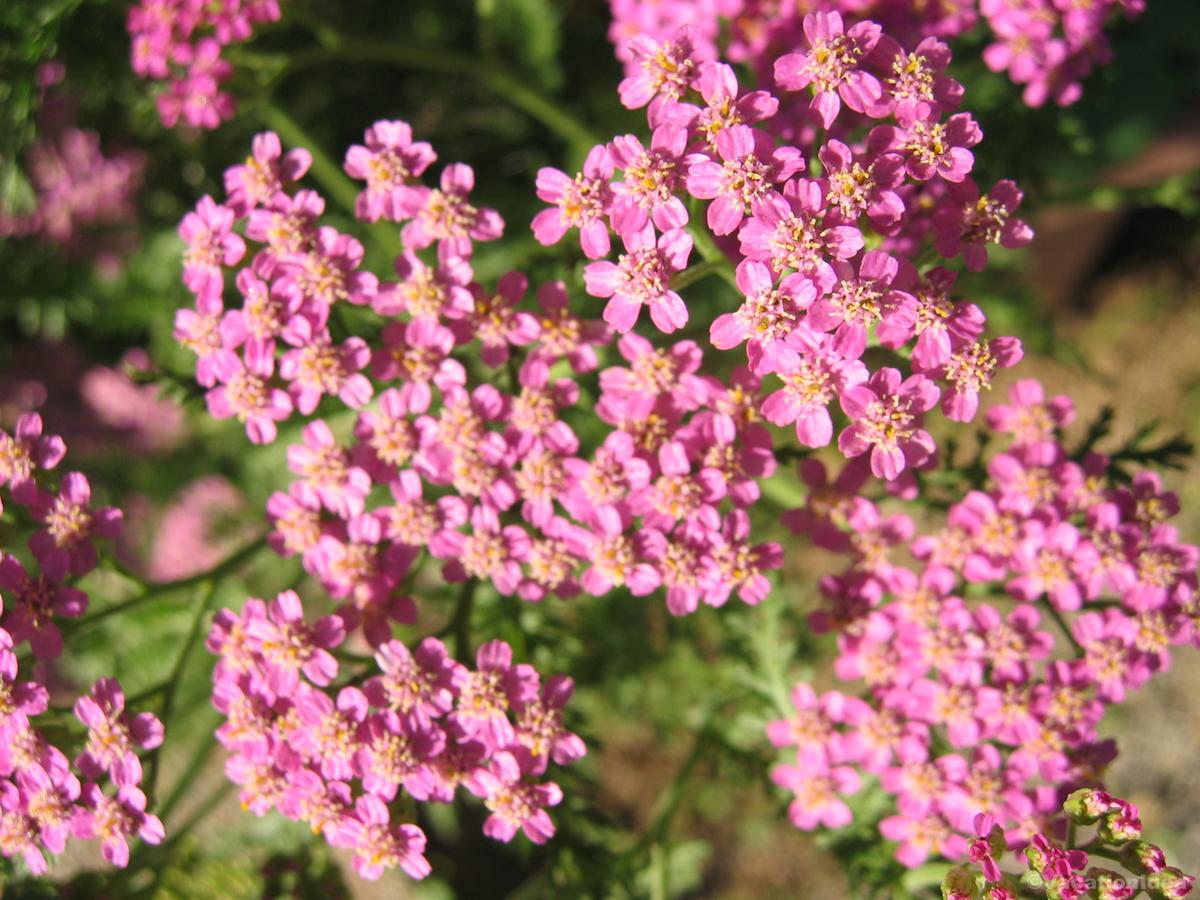
Conclusion
Delaware is one of my favorite destinations for a quick getaway because it blends history, charm, and coastal beauty in a way that feels truly special.
Delaware may be small, but my time there proved it’s full of meaningful moments, whether standing barefoot in the surf, sipping coffee by a quiet marsh, or exploring the layers of history in a canal town.


Booking Checklist
1. Book Your Flight - I use Expedia because I like their mobile app with my itinerary. They've helped me re-book flights on many occasions. Once you reach their Gold tier, support is especially good.
2. Book Your Hotel - I use Booking.com or Expedia, depending on my destination.
3. Book Your Rental Car - I use Expedia.
4. Book your tours on Viator or Get Your Guide.
5. If you are planning to visit more than three national parks in the next 12 months, buy the America the Beautiful Pass.
